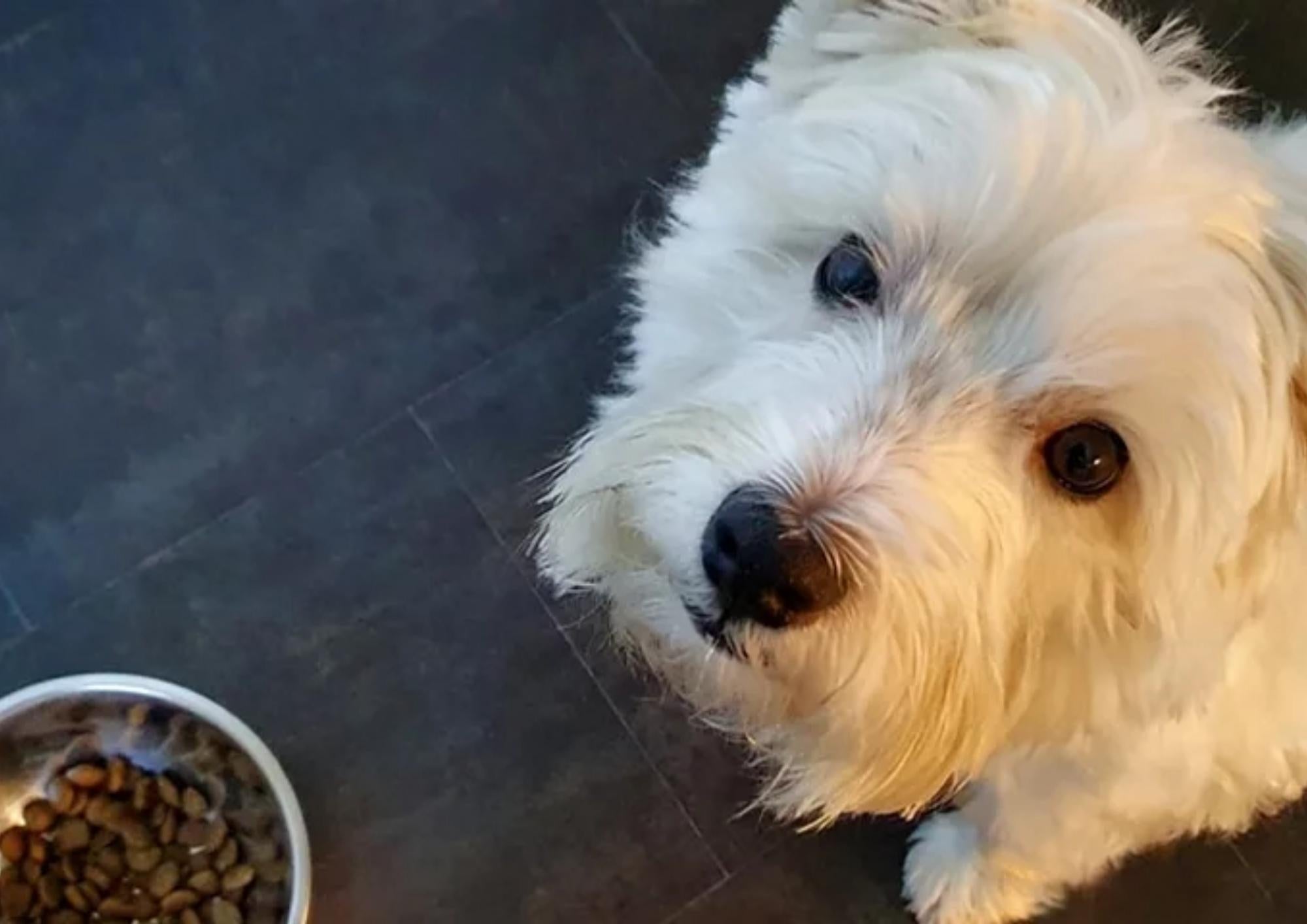Why Won’t My Dog Eat?
We often think that dogs will eat anything placed in front of them. After all, all kinds of things end up in their mouths, from stones to rabbit droppings and from salad to sausages. However, picky eating in dogs is a common problem. It’s important to determine the reason or reasons behind a dog’s loss of appetite so that the issue can be addressed. The following list may help identify the causes behind your dog’s loss of appetite. Sudden and prolonged refusal to eat should always be discussed with a veterinarian!
Feeding Multiple Dogs in One Household Can Affect Pickiness
1. Dog’s Health Condition
If a dog suddenly loses its appetite or has a long-term lack of appetite, it’s important to check the dog’s health with a veterinarian. Various diseases and pain conditions can manifest as poor appetite or refusal to eat.
2. Dental Condition
Picky eating can be due to poor dental health, which makes eating uncomfortable for the dog. The ease of chewing and the mouthfeel of food are important for dogs. However, feeding softer food is not a solution for untreated dental issues! Whether a dog is picky or not, regular cleaning of their teeth at home and routine check-ups with the vet are essential.
3. Senses
Eating is a sensory celebration for dogs, especially their sense of smell, which plays a crucial role in food selection. What smells delicious to dogs and humans may be different. For example, older dogs with diminished senses may experience a reduced enjoyment of food. In such cases, it’s a good idea to choose aromatic and fragrant food for the picky dog. If necessary, you can warm the food slightly to enhance the smell.
4. Hormonal Fluctuations
Both female and male dogs' appetites are influenced by hormones. Variations in a female dog's appetite are normal during different stages of the hormonal cycle. In males, hormone-related loss of appetite is occasional and normal.
Stress also impacts a dog’s appetite. Have there been recent changes in the dog’s life, or are you in an unfamiliar location?
Sense of Smell Is Important for Dogs in Food Selection
5. Feeding Practices
If a dog has a food bowl available around the clock, it may become selective. The dog may wait, hoping something more delicious will appear in the bowl later. Or perhaps the little food-lover tilts its head at the family pamperer, and something irresistible is found in the fridge. Regular feeding times and portion control support a dog’s health from puppyhood to senior years. You can find more articles about dog feeding on our blog. For example, you can read about feeding puppies here, feeding senior dogs here, feeding dogs with sensitive stomachs here, and feeding dogs on a diet here.
6. Feeding Peace
Pay attention to a calm eating environment for the dog. If there are multiple dogs in the household, the presence of another dog may cause tension and difficulties in focusing during mealtime. On the other hand, some dogs may be more eager to eat in a group, as there is a risk that their food might end up in someone else's mouth.
7. Individual Preferences
Not all dogs like every type of food, and this also applies to dogs. Individual preferences are often linked to learned eating behaviors in dogs. A puppy learns from its mother what food is acceptable to eat, and later, based on the food offered, the dog may get used to a specific type of food. It is good to offer a puppy a variety of different foods to help develop its taste preferences as broadly as possible.
How to Get a Dog to Eat?
1. Regular Feeding Times
As mentioned earlier, constantly available food can be one reason behind picky eating. Therefore, focus on regular feeding times! If the dog refuses to eat, remove the food and offer it again during the next feeding time.
2. Proper Portion Sizes
Examine the amount of food you are giving your dog, as too large a portion can also be a cause of picky eating. It is good to follow the recommended feeding charts on food bags, but the most important thing is that the dog is active, has a shiny coat, and maintains a normal weight. Also, remember that treats affect your dog's appetite. According to recommendations, the amount of treats and other additions should make up no more than about 10% of the dog's daily energy intake.
3. Increasing Exercise
Make sure the dog gets enough exercise during the day. Increasing physical activity can alone increase the dog's appetite. Exercise can involve a brisk walk or a discovery walk, perhaps playdates with other dogs at the dog park, or engaging in a hobby with the owner.
4. Activating Food
Some dogs love receiving food with a bit of effort or a mental challenge. You can use various enrichment games or bowls to serve food, hide kibble around the house for the dog to find, or use the day’s kibble during training sessions.
5. Improving the Quality of the Food
Sometimes the food just doesn't taste good, and in this case, it's worth looking for tastier alternatives. The palatability of dog food is formed by many different factors. High-quality ingredients are the starting point for delicious food. The temperatures used during the dry food production process, the coating of the kibble, and the proper storage of the food also influence the final palatability. Of course, the kibble size and texture also affect the opinion of the food critic with paws.
Palatability of Alvar Pet's Kibbles
- Tasty, clean, and high-quality ingredients
- The manufacturing temperatures are selected to preserve the flavors in the best possible way.
- A fast and short supply chain from the factory to the consumer ensures the freshness of the food.
- Once the package is opened, we recommend storing it tightly sealed, preferably in an airtight container, and using it within about 4-6 weeks after opening.



